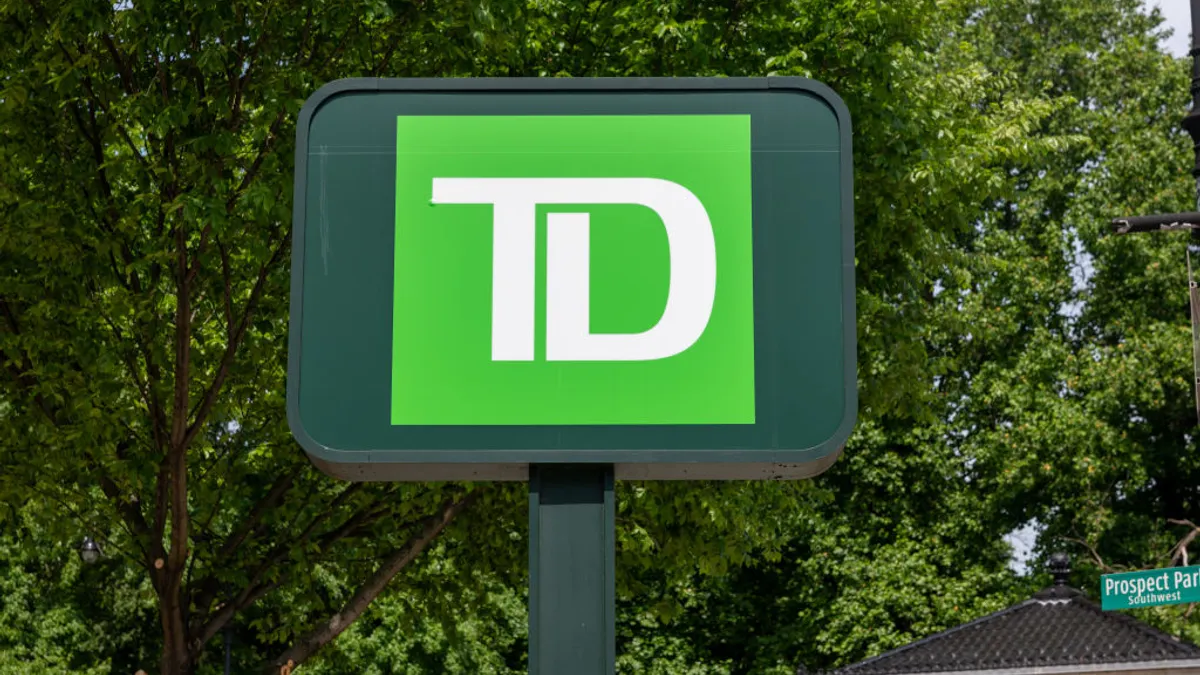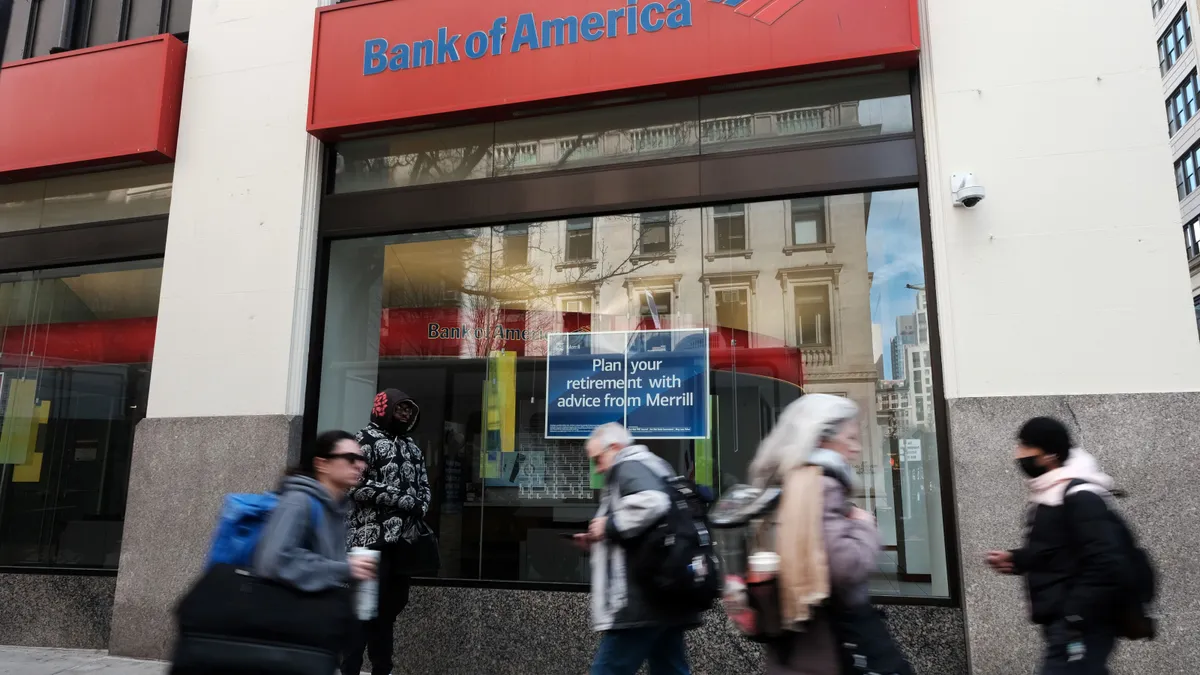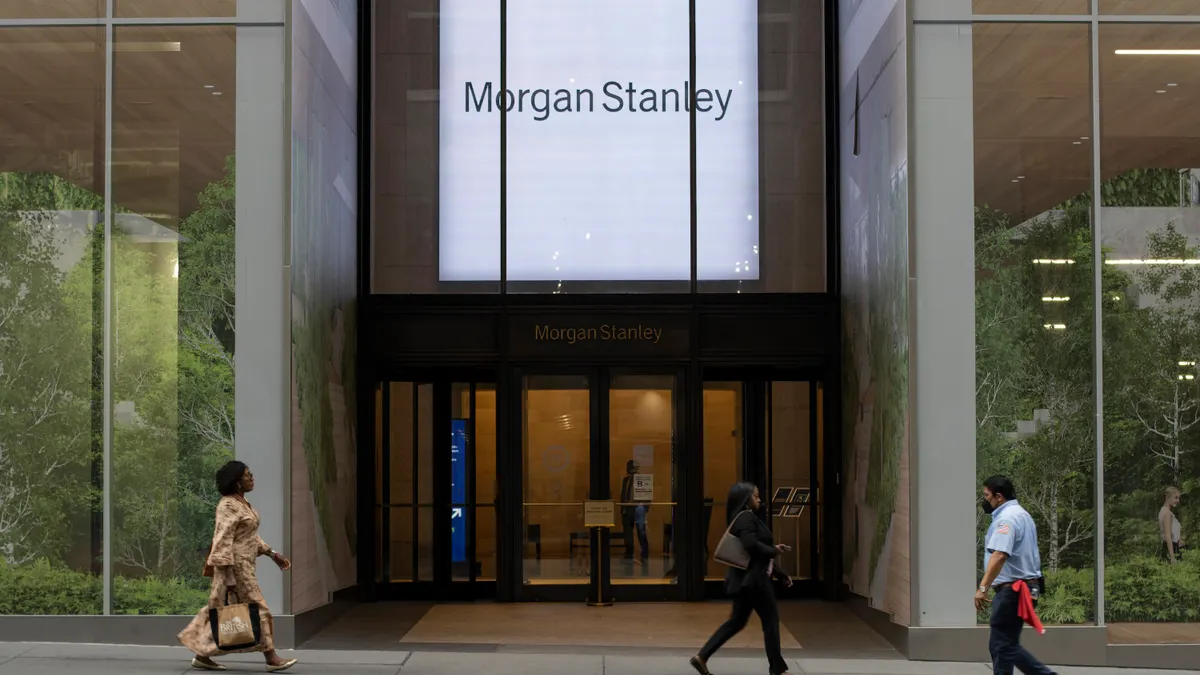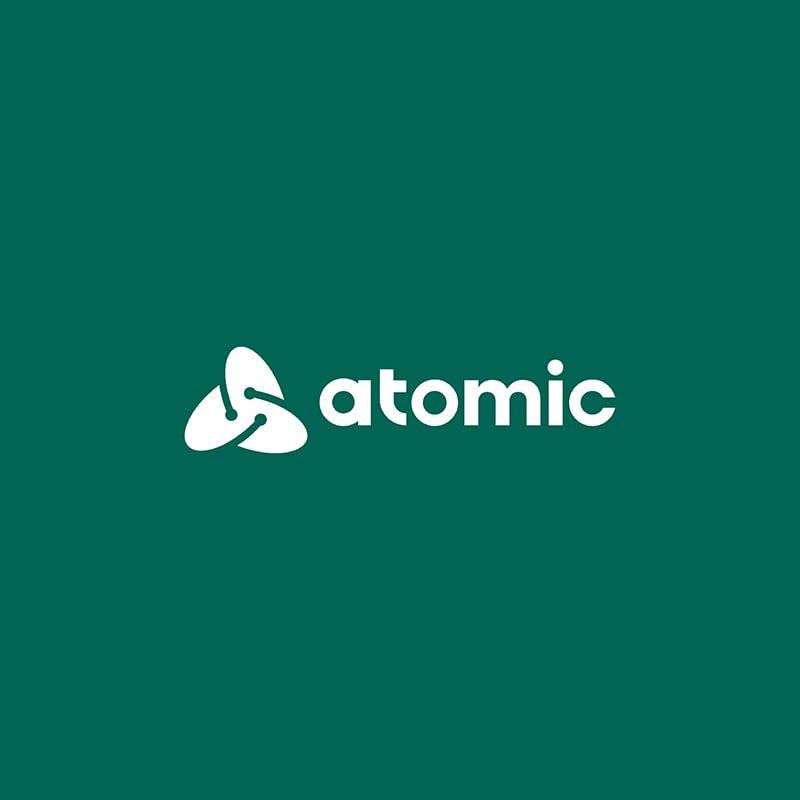Many banks may be eager to weave artificial intelligence into their operations and quickly uncover efficiencies, but TD’s Ted Paris is prioritizing a slower approach that hews closely to what customers want.
Paris, TD Bank’s head of analytics, intelligence and artificial intelligence, said the lender is employing AI in a number of areas, including in fraud defense, conversation summaries and a recently added virtual assistant for TD Securities employees. The Toronto-based bank, which has U.S. headquarters in Cherry Hill, New Jersey, is also exploring uses related to content creation and enabling customer self-service.
In the U.S., TD is “heavily oriented around inwardly-, colleague-facing efficiency and productivity plays from the genAI space,” he said in a recent interview, “that have human-in-the-loop-type of methodologies or approaches.”
That allows TD to ensure such activities, particularly in the genAI space, fit within its risk framework, Paris said.
“It has plenty of space to make lots of improvements and a big impact, but also ensures that we're not disconnected from the human connection,” he said. “We’ve been on the more cautious end. Trust is going to be important.”
Editor’s note: This interview has been edited for clarity and brevity.
BANKING DIVE: What are the biggest challenges with scaling AI adoption across the bank?
TED PARIS: I think about it from two perspectives. How do we think about challenges from the clients’ receptivity? And how do we think about it internally, in terms of what we're rolling out, and what spaces we want to consider? And then I’d add a third one – the talent space as well.
With the client piece: it’s something people are beginning to feel confident about, they’re curious, they’re beginning to feel comfortable in many regards. However, they also have some concerns with respect to, is this going to disintermediate me from the interaction I want to have with a person? Especially around things like retirement planning, investments, they want somebody to confirm for them, “Yeah, that's the way they interpret it. That's what's going on.” We’ve got to be able to meet the client where they are in the journey.
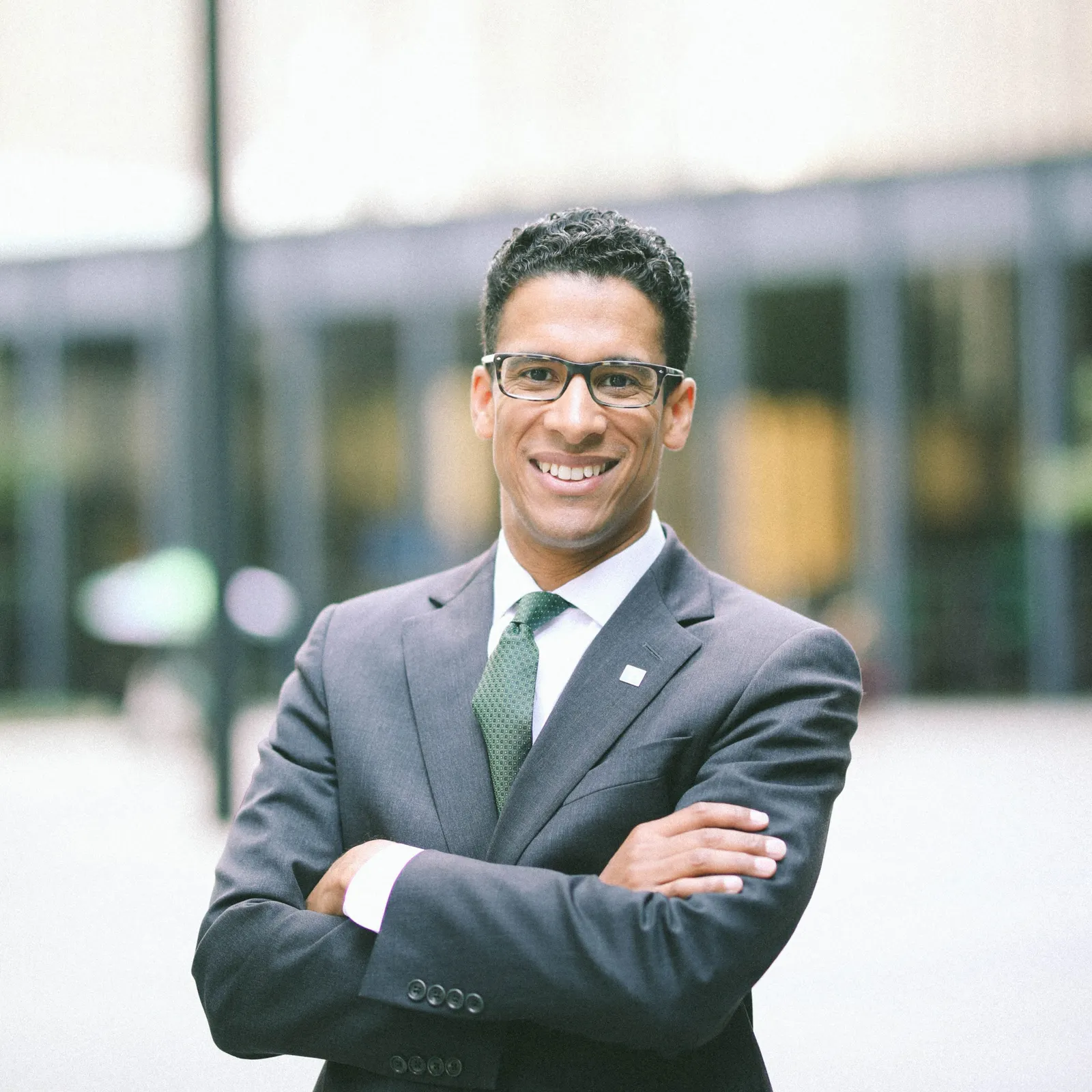
On the talent side, there’s a lot more competition for the talent in the space, and you’re going to need the right talent to be able to deploy these capabilities effectively. Just as much as there's competition for the data scientists, there's also competition for and a need for the rest of the professional ecosystem, the specialists that go around it. So people who help with model risk management, change management, legal and compliance experts, the non-operational risk people. The opportunity this presents can transform an organization's operations and servicing environment in the way in which it takes a lot of change management to make sure you're going to be successful, a lot of understanding of the associated risks.
Is it a struggle to find talent in this realm?
No, I wouldn’t say we’re struggling, but it's clearly a different dimension. I've been in sessions with my peers, and we all have said: You know what? This is something you can't think about as we may have in the past, where those in charge of the data and analytics space were focused on the data scientists, data engineers. Now, there’s bigger impacts. More broadly, it’s important to say we’ve got to think about the entire ecosystem to be effective.
Do you think that will cancel out the workforce reductions some banks are touting as they implement technology to a greater extent across their organizations?
It’s a different conversation as to what impact it has on the workplace, in terms of job replacement. Independent of that, you still have the need to have a better understanding of the nature of the risk that this capability creates. You still have the need to be able to deliver what are inevitably going to be larger-scale programs that will have change management implications, that are larger scale than what traditional analytics and data projects might have otherwise had. That does create different types of opportunities, whether it’s for purposes of deploying or implementing projects, or the outcome of what those projects then look for.
What’s a notable finding from TD’s recent consumer survey on AI comfort and trust?
There's lots of confidence in what these tools can provide. But when it comes to interacting with it, there are instances in which customers have said, you know what, I'd rather have this conversation with the chatbot, because it's something that I'm just a little bit embarrassed about. So there are certain spaces in which they’d rather have the conversation without a human in the loop, when they want to be able to ask and get feedback in a more anonymous manner. So there are two sides to that coin.
What’s a change on the horizon?
Our virtual assistant is currently heavily rules-based. Over time, in the industry, you’ll see them evolve to be more AI-driven.
Many out there today are rules-based, with a pretty established set of questions and answers that we'd expect to come up. And you can write something in, and it'll interpret the question. It'll have a very structured, pre-designed answer. Where the space is looking to go is in one that is more AI-driven, and that potentially those answers won’t be limited to some pre-designed form of responses. When you do that, just like ChatGPT, you'll have a broad array of responses that could come out. And that’s where you have to make sure you're managing the associated risks.



